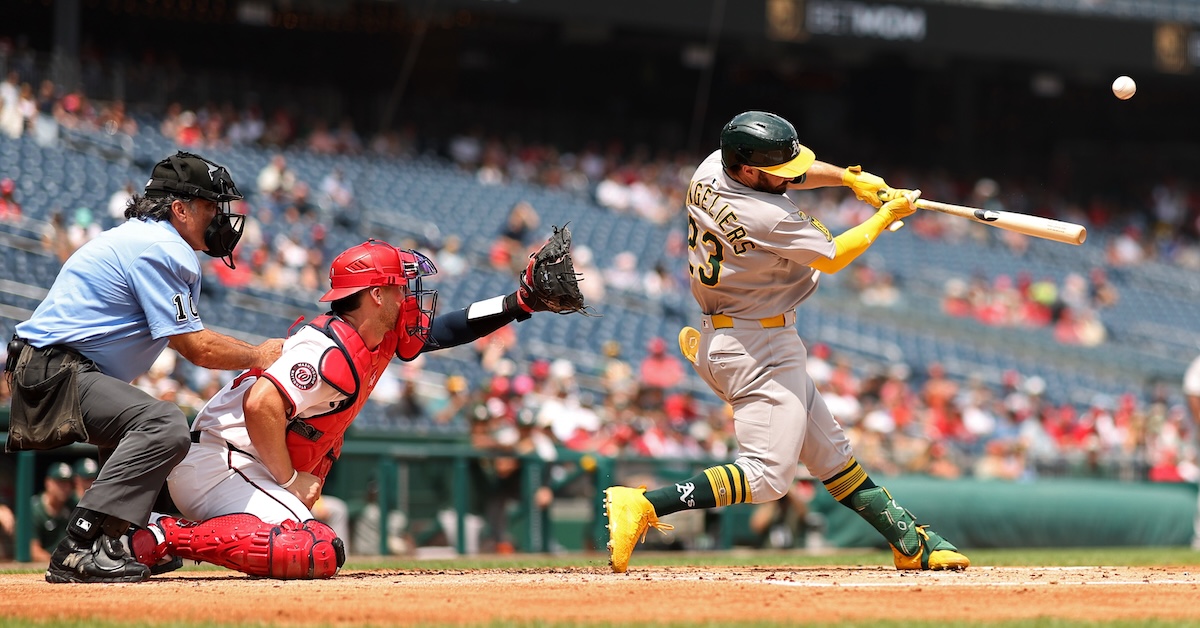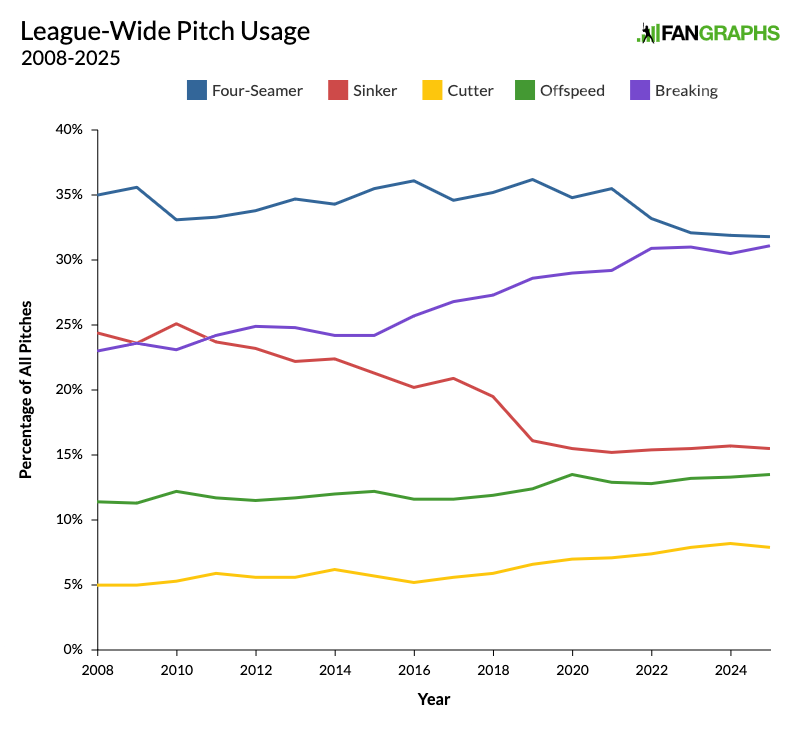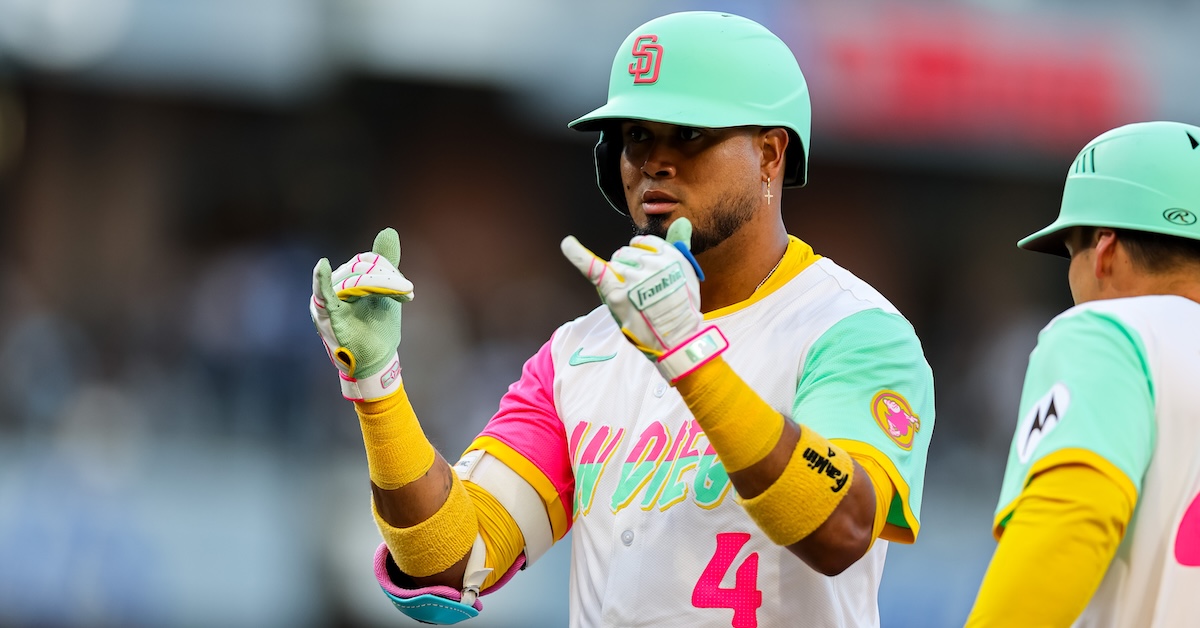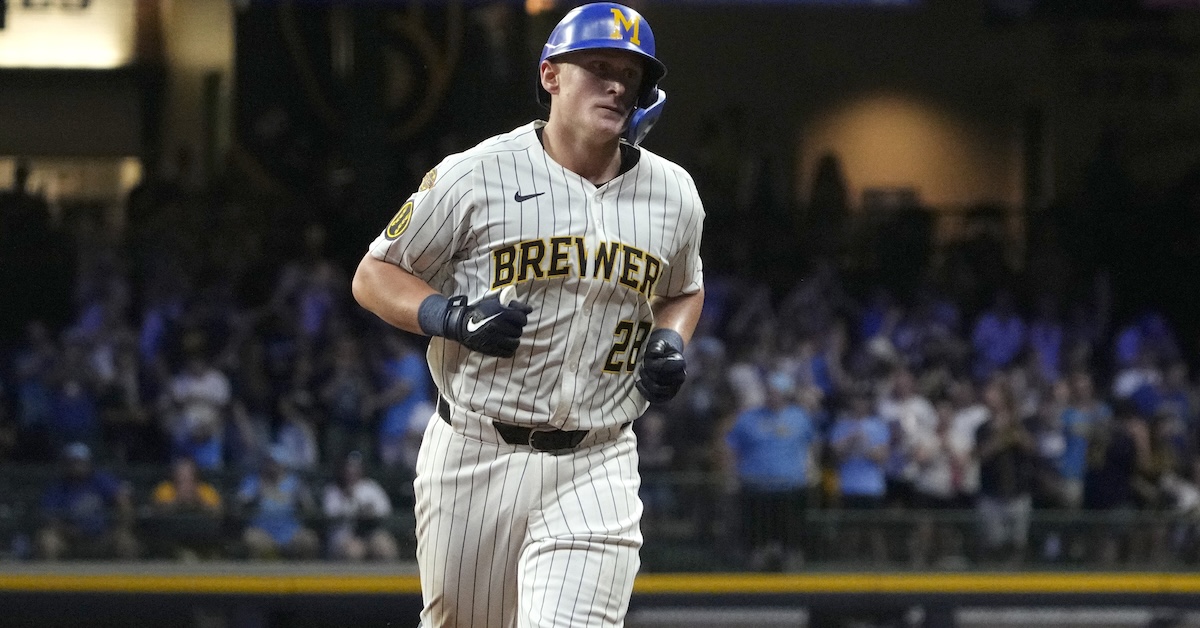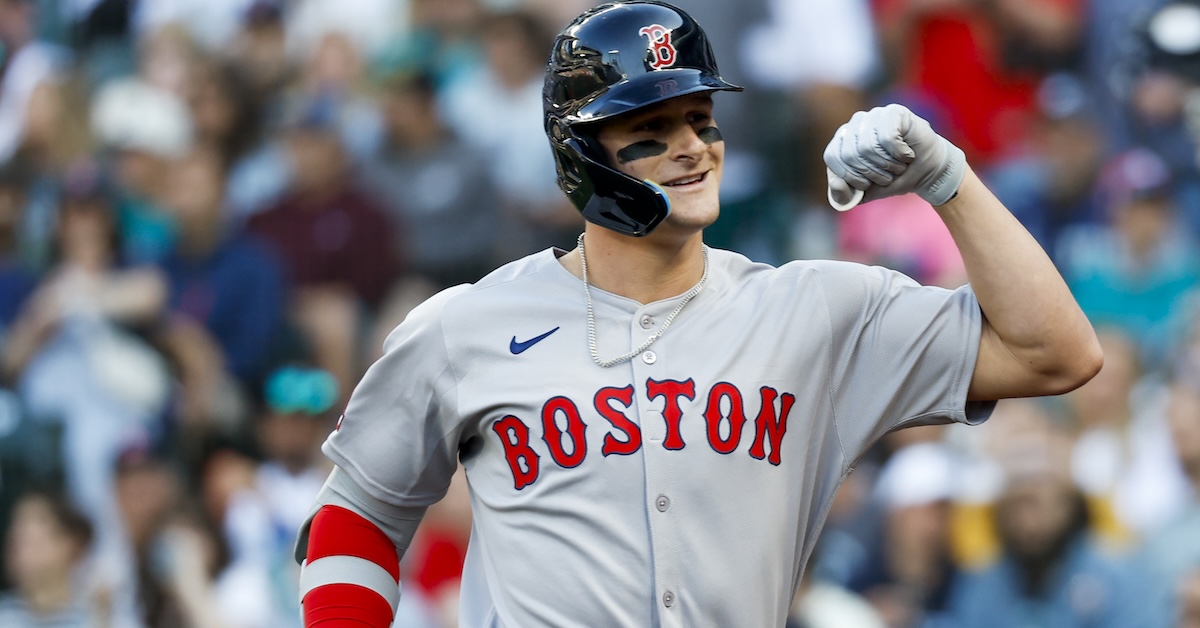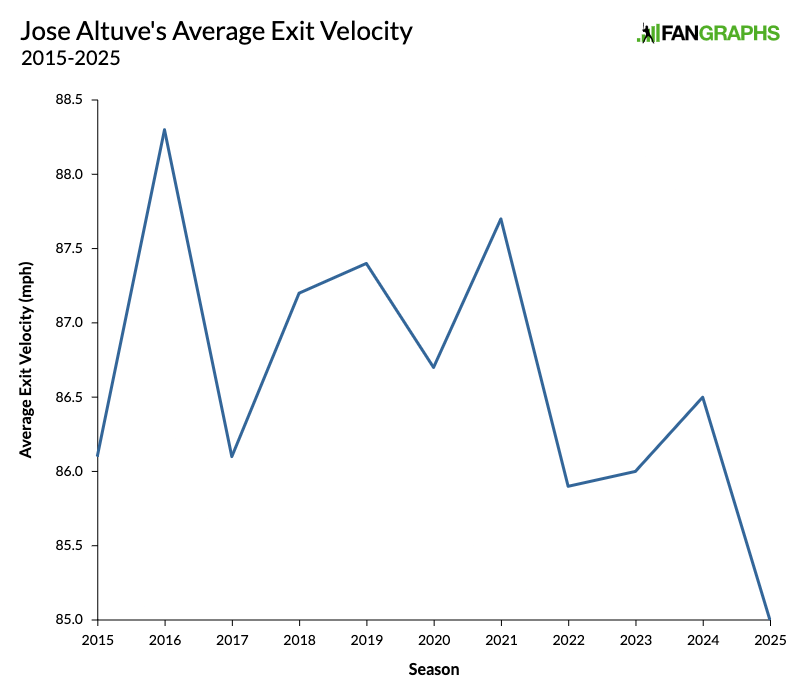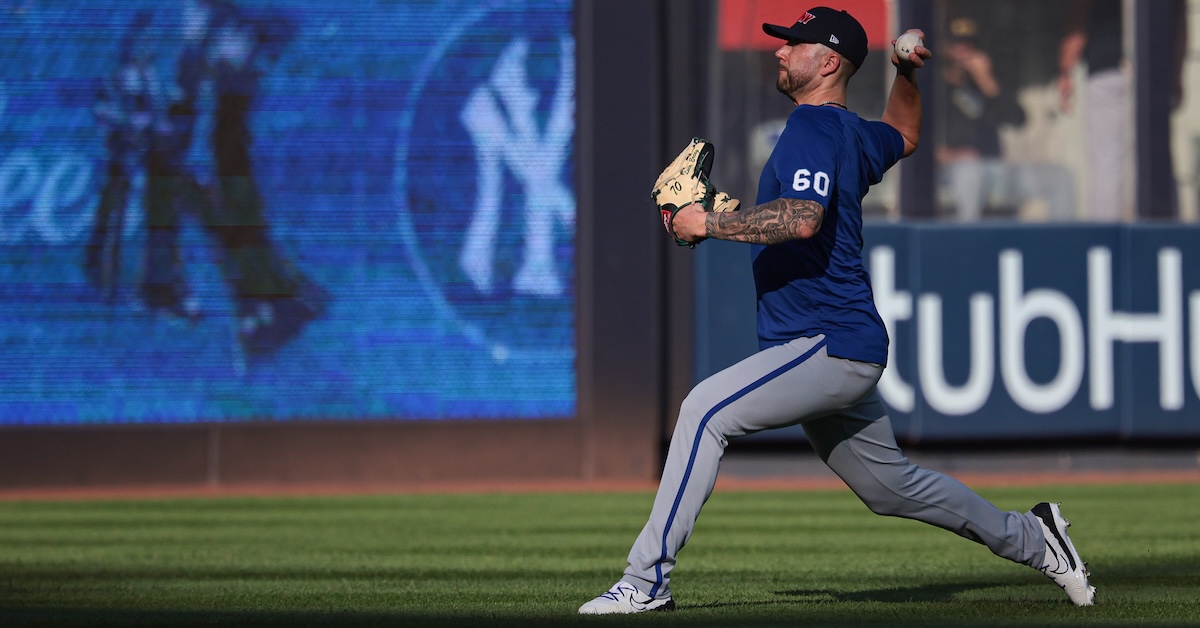Effectively Wild Episode 2359: I Am Familiar With Winning

Ben Lindbergh and Meg Rowley banter about whether Mike Trout has become a boring baseball player, Paul Skenes almost perfectly replicating his sensational rookie season, and recent trends in pre-arb extensions, answer a listener email (57:39) about becoming a fan of the whole league instead of (or in addition to) one team, and (1:14:49) meet major leaguers Josh Simpson and Dugan Darnell.
Audio intro: Xavier LeBlanc, “Effectively Wild Theme”
Audio outro: Justin Peters, “Effectively Wild Theme”
Link to Trout hypotheticals
Link to 2025 TTO% leaders
Link to Trout TTO% by year
Link to leaguewide TTO%
Link to older hitters wRC+
Link to Trout’s Savant page
Link to Trout’s $ value
Link to Dalton photo
Link to pitcher WAR since 2024
Link to Skenes pitch-type splits
Link to Paine on extensions
Link to listener emails
Link to new debuts
Link to Simpson wiki
Link to Simpson interview
Link to phantom ballplayer wiki
Link to 2024 Simpson article
Link to 2025 Simpson article
Link to ERA-xERA leaders
Link to Dartmouth draftees
Link to Princeton draftees
Link to Yale draftees
Link to UPenn draftees
Link to Harvard draftees
Link to Brown draftees
Link to Columbia draftees
Link to Cornell draftees
Link to Ivy draftees ranking
Link to Darnell wiki
Link to Darnell article 1
Link to Darnell article 2
Link to Darnell article 3
Link to Darnell article 4
Link to Darnell article 5
Link to team RP WAR
![]() Sponsor Us on Patreon
Sponsor Us on Patreon
![]() Give a Gift Subscription
Give a Gift Subscription
![]() Email Us: podcast@fangraphs.com
Email Us: podcast@fangraphs.com
![]() Effectively Wild Subreddit
Effectively Wild Subreddit
![]() Effectively Wild Wiki
Effectively Wild Wiki
![]() Apple Podcasts Feed
Apple Podcasts Feed
![]() Spotify Feed
Spotify Feed
![]() YouTube Playlist
YouTube Playlist
![]() Facebook Group
Facebook Group
![]() Bluesky Account
Bluesky Account
![]() Twitter Account
Twitter Account
![]() Get Our Merch!
Get Our Merch!
Podcast (effectively-wild): Play in new window | Download
Subscribe: RSS

